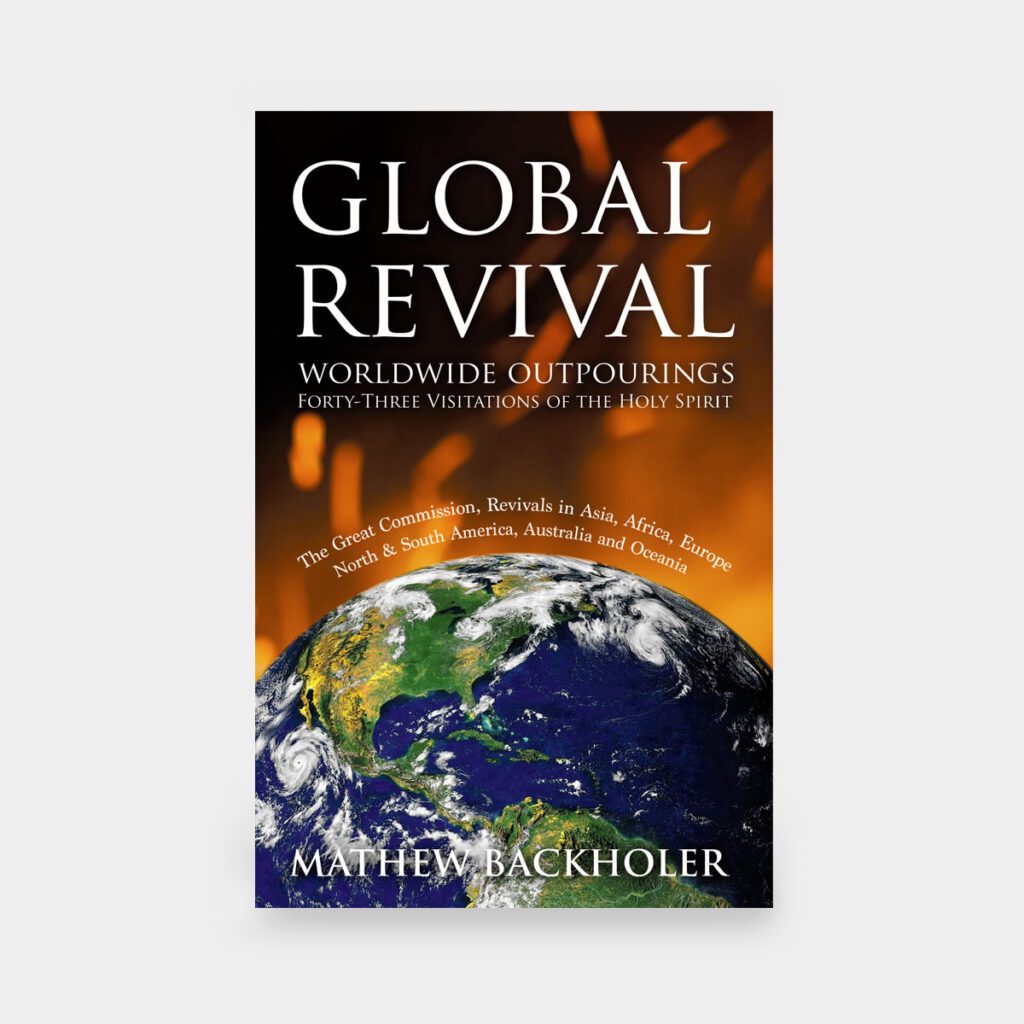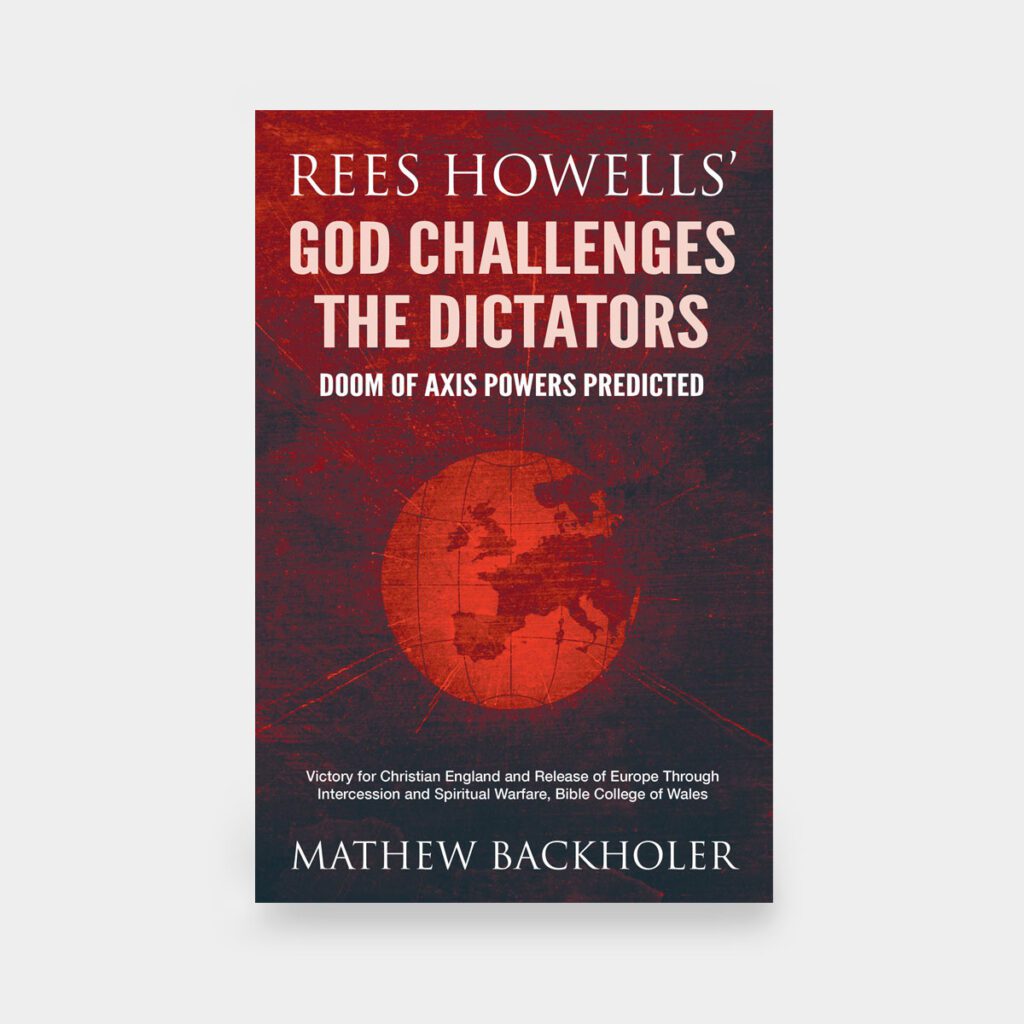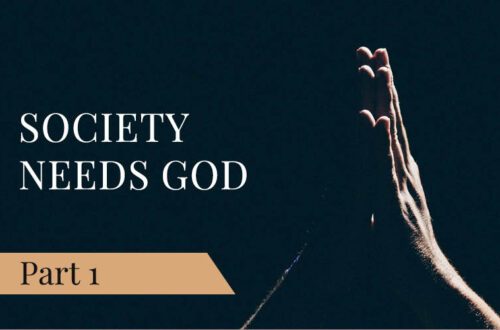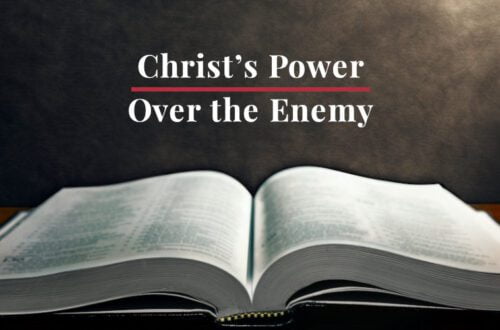
Korea – North and South, Revivals & War – Last 125 Years
Korea saw its first revival in 1903; known as the Wonsan Revival Movement (1903-1906), but by the middle of 1906, after 30,000 new converts in that year alone, it had waned and died out. The second Korean Revival is known as the Pyongyang Great Revival (1907-1910). Pyongyang in 1907 was known as a city of wine, women and song. It was a dark city with sin abounding and even had its own Gisaeng (Korean geisha) training school. At the beginning of the Japanese Russian War of 1904, American missionaries were initially confined to Pyongyang by government order.
The works of the Lord are great, studied by all those who have pleasure in them.
– Psalm 111:2
Revivals, War, North Korea and South Korea
The Years 1903-1919
In the autumn of 1906, the threat of Russian invasion had passed, but the Japanese did not withdraw. This caused anxiety amongst Korea’s oppressed people who were constantly being fought over by Japan or China. William Newton Blair, a missionary at Pyongyang wrote: ‘With the Japanese occupation accomplished, patriotism was born in Korea.’ At the same time some young Korean Christian ‘big heads’ returned from America and caused problems with their ambition and true stories of American corruption. Also, America, following Britain’s example hastened to recognise Japan’s control which caused an anti-American sentiment to sweep over the land.
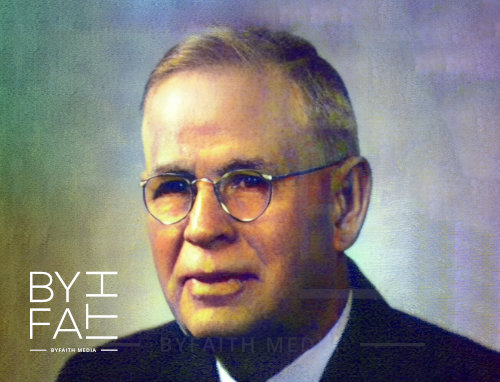
In 1907, during the revival, the Korean Church (Presbyterian) which had been practically self-supporting for several years became independent of its American Board of Foreign Mission when the Pyongyang Theological School saw seven Koreans graduate and they became the first Korean Presbytery of Korea. Three years after the beginning of the 1907 Pyongyang Great Revival, in August 1910 Korea was annexed by Japan which was the beginning of organised persecution, though during this time Protestant churches grew. More than half a million migrants fled to the north of Korea.
If My people who are called by My name will humble themselves, and pray and seek My face, and turn from their wicked ways, then I will hear from heaven, and will forgive their sin and heal their land.
– 2 Chronicles 7:14
In 1919 after the March First Movement (a signed Declaration of Independence) on the first March whilst still under Japanese rule, Korea’s Christian population was estimated to be at one percent.
Korea 1920s-1950s
During the 1920s Communism spread to many Korean intellectuals who favoured it rather than Christianity as it was easier to digest whilst under harsh Japanese rule. During the 1930s-1940s, friction and mixed views regarding shrine worship which was commanded by the Japanese Emperor (who was believed to be a god) caused those looking inside of the Church to wonder whether Christianity could offer them anything.
You shall have no other gods before Me.
– Exodus 20:3
The Presbyterian Churches declared shrine worship idolatry whilst the Methodists (and Catholics) generally accepted it merely as a ceremony. Many people outside of the Church turned to mysticism and pessimism. The Baptist and Holiness Churches lost their status due to their resistance whilst the Presbyterians continually resisted strongly.
The War Years 1946-1953
Prior to the defeat of the Japanese during World War II (1939-1945), leaders from China, Russia, Great Britain and the United States split the nation of Korea along the 38th parallel. Since 1945, the north has been run as a Communist state and is known as the People’s Republic of North Korea, whilst the south is the Republic of Korea, better known to outsiders as South Korea, to distinguish if from North Korea.
The Korean War (1950-1953) began on 25 June 1950 when the Communists crossed the 38th parallel and swept down into the south causing mayhem and chaos. During this war around 240 churches were destroyed (152 Presbyterian, 84 Methodist, 27 Holiness, 4 Salvation Army and others), whilst 232 Christians were either abducted (taken to North Korea) or killed because of their Christian faith.
In 1952 the Presbyterian Church split, followed by the Methodists in 1954 and then the Holiness and Baptist Churches. In 1953 about 300,000 Christians were living in North Korea, fifty years later it was estimated to be just a few thousand.
Let us consider one another in order to stir up love and good works, not forsaking the assembling of ourselves together, as is the manner of some, but exhorting one another, and so much the more as you see the Day approaching.
– Hebrews 10:24-25
Last Twenty-Five Years
In one year after the millennium, only 120 tourists visited North Korea which has been under a Communist government since the Korean war of the 1950s. Officially the war never ended, but a border was imposed splitting the country and many families in half. Every tourist has a guide/minder who takes them to certain ‘tourist’ spots. The tourists are not allowed to go where they want to and are monitored at all times. In December 2025, North Korea will open its border to foreign tourists since the COVID-19 pandemic of 2020.
North Korea is the number one country in the world for persecution of Christians. Christians face torture and often execution unless they renounce Christ and worship their ‘Great Leader.’ Bibles are illegal and if caught with one it will lead to a lengthy labour camp sentence. Often extended family members are also imprisoned. These labour camps are to break people in body and mind, torture and death are common. Western prisons are like holiday camps compared to North Korean labour camps.
Who shall separate us from the love of Christ? Shall tribulation, or distress, or persecution, or famine, or nakedness, or peril, or sword?
– Romans 8:35
In North Korea, Christians face torture and often execution unless they renounce Christ. A report emerged about a group of fugitive Christians who were hiding in ditches in the countryside. They were caught and one by one were run over by a steamroller, feet first.
Twenty years ago, reports emerged that around two million North Koreans died from starvation. These statistics have sadly been repeated in subsequent years when up to four million North Koreans died from starvation. From a very early age North Korean children are taught to sing great songs about their ‘Great Leader.’ North Korea has a dead ‘Great Leader’ called Kim Il-Sung who ruled for nearly fifty years and died in July 1994. He was succeeded by his son Kim Jong-il who died in December 2011. He was succeeded by his son, the present-day leader, Kim Jong Un.
In October 2006, North Korea performed an underground nuclear test deep in the mountains of North Korea which alarmed the international community, but by February 2007, it was reported that North Korea after long negotiations had decided to forgo its nuclear power programme in exchange for free electricity and fuel from South Korea and America. In August 2008 they negated their promise and resumed their nuclear production. However, in October their policy changed again as they allowed weapons inspectors as the USA took their name off the ‘Axis of Evil’ list. In mid-April 2009, North Korea resumed its nuclear programme because of the United Nations condemnation of their testing of a long-range “satellite” rocket.
At the end of January 2007, Sky News reported on the financially bankrupt nation of North Korea where thousands are trying to flee to safety into China and then onto South Korea. They filmed along the Chinese border into a town which was more reminiscent of an industrial prison camp than a community, not a vehicle was in sight, but poor, starving North Koreans, some of whom were at the river, breaking the ice to get fresh water for the day, whilst those more ‘well off’ trundled along with their horse and cart.
Other documentary makers have filmed inside North Korea mostly by using pinhole cameras. One North Korean filmed dead people in the streets, children delirious with starvation, clothed in tattered and dirty rags picking up dropped grains of rice, while North Korean soldiers ate at a roadside food stall which was part of a market. All of this was in sight of a stall where rice was sold which had been given to the people of North Korea for humanitarian aid as revealed by the red cross on the rice sack with the words, ‘DONATED BY THE USA’!
September 2008, was the sixtieth anniversary of the founding of North Korea but its leader, Kim Jong-il was not present at the ceremonies. Some news agencies reported that he had died, but this was later found to be erroneous information. In fact, on 9 September 2008, the National Intelligence Service (NIS) reported that the 66-year-old leader who suffers from diabetes and heart problems suffered a stroke, though his condition was not life-threatening. However, it was reported that French and Chinese surgeons performed surgery on him.
President Donald Trump of America met Kim Jong Un in June 2018 in Singapore. This was the first time a sitting U.S. President had met a leader from North Korea. On 26 February 2019, President Donald Trump had a second summit with North Korean leader, Kim Jong Un, in Hanoi, Vietnam. Their third meeting was on 30 June, the two leaders met at the Joint Security Area of Panmunjom in the Demilitarized Zone. After shaking hands, President Trump was invited to step over the demarcation line into North Korea.
North Korea remains number one on the World Watch List – a position it has held almost every year since 2002. The persecution score has risen two places in the past year, as there have been more reports of violence against Christians.
– Open Doors (UK & Ireland)
There are believed to be 400,000 secret Christians in North Korea. Please pray for North Korea, especially the persecuted Christians, for democracy to rule and reign, for a peaceful and prosperous society under God, where all men and women are treated equally and being a Christian or owning a Bible is not a crime.
Remember the prisoners as if chained with them and those who are mistreated since you yourselves are in the body also.
– Hebrews 13:3
Used with permission and adapted from Global Revival, Worldwide Outpourings by Mathew Backholer.
By Mathew Backholer. Find more about Mathew’s books here.


